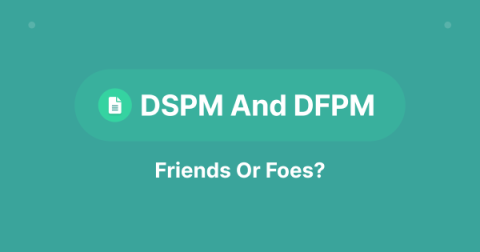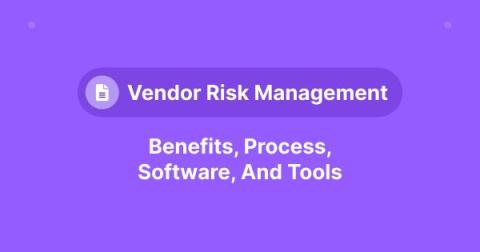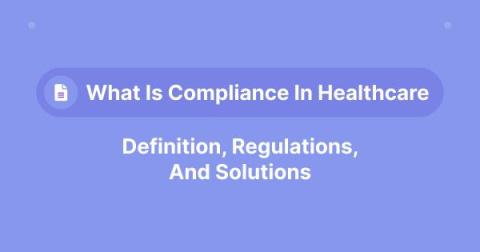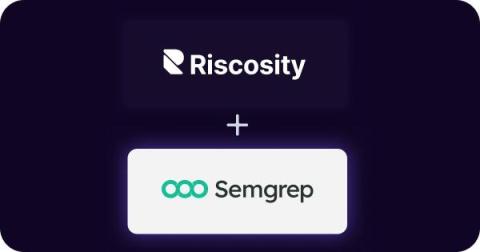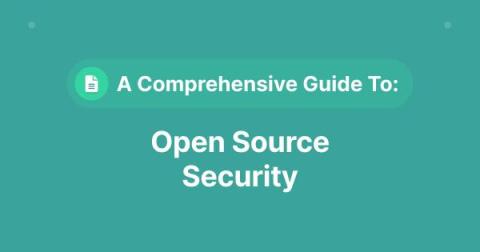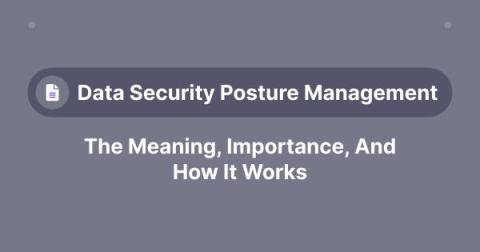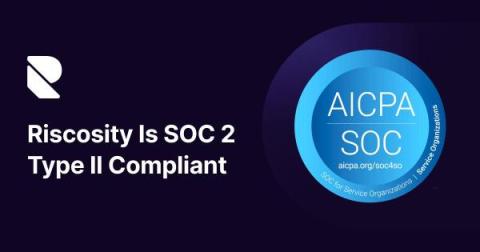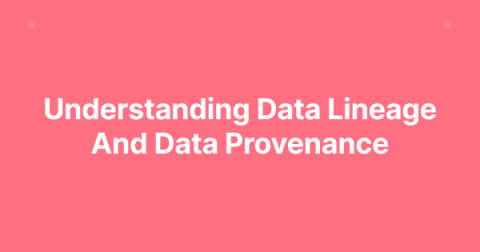Security | Threat Detection | Cyberattacks | DevSecOps | Compliance
Riscosity
In this article we’ll discuss DSPM and DFPM, their similarities and differences, and the value that each one brings.
Vendor Risk Management: Benefits, Process, Software, and Tools
Vendor risk management (VRM) is a process that helps businesses manage the risks associated with their vendors. This includes assessing how well their vendors are performing, identifying potential problems early, and taking appropriate action to mitigate any damage.
Data Subject Access Request (DSAR): The Meaning, Procedures, and Challenges
Privacy is the individual’s right to control the use of their personal data, and DSAR is the mechanism by which individuals can enforce this right. This right to their own information, as used by an organization, is guaranteed by privacy laws like Europe’s General Data Protection Regulation (GDPR) and the California Consumer Protection Act (CCPA). If your organization collects and uses personal data, especially for European or Californian customers, you should be prepared to respond to DSARs.
What is Compliance in Healthcare: Definition, Regulations, and Solutions
Compliance in healthcare is a critical component to preserving the sanctity of modern society. Compliance in any industry ensures adherence to a minimum set of requirements to ensure quality of service; while undoubtedly important everywhere, it’s more so in healthcare due to its direct impact on human lives. For example, while financial compliance secures the safety of our funds, healthcare compliance ensures the safety of our personal selves.
Secure your code and protect your data flows with Riscosity and Semgrep
Semgrep is a leading static application security testing (SAST) tool powered by an open-source community for surfacing bugs, discovering vulnerabilities, and enforcing code standards. Semgrep has scanned over 75 million packages, contributed to 2000 community rules, and supports over 30 coding languages. Riscosity is the leading data flow observability and security platform. This is why we’re excited to announce Ricosity’s new integration with Semgrep.
A Comprehensive Guide to Open-Source Security
Open source security is a term used to describe the process of protecting your organization’s data and network from attack by using open-source software. It refers to the use of open-source software (OSS) for data protection. Open source software is free to use, meaning that anyone can access it without paying fees. This allows organizations to take advantage of the collective knowledge and experience of thousands of people who have contributed code or worked on projects together.
Data Security Posture Management (DSPM): The Meaning, Importance, and How it Works
DSPM or Data Security Posture Management is the modern approach to securing the information ecosystem. It represents a pivotal shift from the traditional castle-and-moat approach focused on IT devices to one that is focused on data.
Riscosity Achieves SOC 2 Type II Compliance
We’re excited to announce that Riscosity has successfully completed its SOC 2 Type II audit. This is a big effort for any organization, and it shows our commitment to protecting our customers’ sensitive data.
Keeping a Pulse on All Third-Party Connections
The core tenets of information security is to protect assets from unauthorized disclosure, prevent unauthorized changes, and to make them available as needed. These align with the CIA security triad of Confidentiality, Integrity, and Availability.
Understanding Data Lineage and Data Provenance
Data lineage and data provenance are related terms, but different. Lineage focuses on the origins and movements of data over time, while provenance focuses on the transformations and derivations of data from original sources. Provenance helps teams to follow the source of data and verify its authenticity, surfacing any potential risks or vulnerabilities. In other words, lineage is more about “where” data travels, and provenance is more about the “what” of data history.


